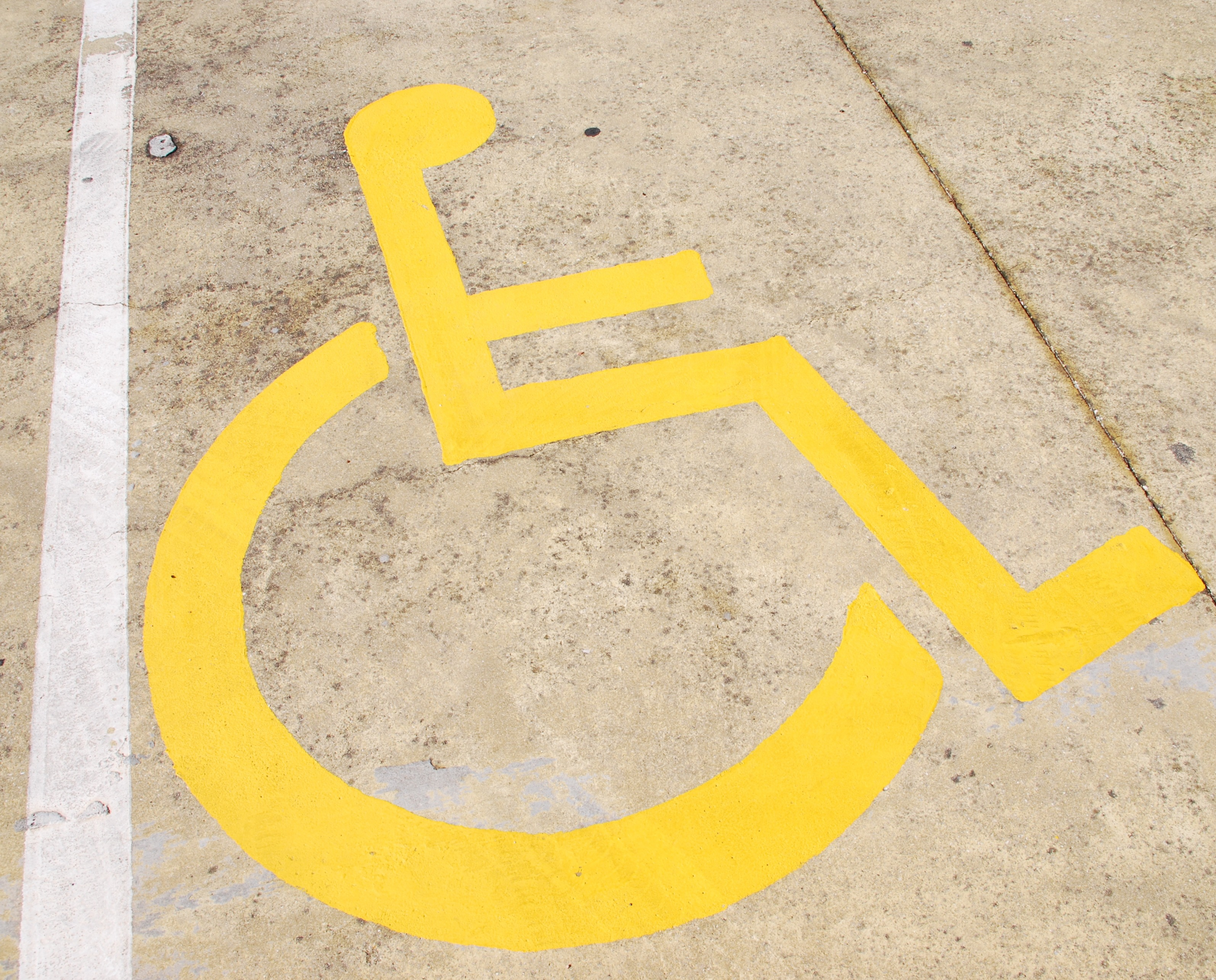
What Does No Standing Sign Mean?
Driving a vehicle requires an understanding and respect for the many street signs that you encounter on a daily basis. They not only tell you what you’re allowed to do and not do while driving your vehicle, but they increase the level of safety and maintain a sense of unity among drivers you’re sharing the road with.
Did you know there are more than 500 federally-approved traffic signs being utilized in streets across the United States? While drivers are expected to understand each and every one of them – even though some of them are rarely seen or used – it’s no surprise that confusion might arise in some instances.
While there are a number of signs that contribute to this confusion, a majority of drivers have a hard time distinguishing the differences between a ‘no standing’ sign, ‘no parking’ sign, and ‘no stopping’ sign. They look similar and are used in similar situations, but the meaning behind each sign is completely different.
Meaning of ‘No Standing’ Sign
‘No Standing’ signs have a white background with red lettering that reads ‘No Standing Any Time’ – there’s also a double-sided arrow below the lettering. In most cities in the United States, this sign permits stopping your vehicle to load or unload goods from your vehicle – it also permits parking of any kind.
So, what is allowed under a ‘no standing’ sign? While you can’t load or unload goods, drivers are allowed to pick up or drop off people – so long as the driver doesn’t leave the vehicle and they leave immediately after picking them up or dropping them off. Drivers should keep their car running while they’re stopped.

No Standing Sign vs No Parking Sign
‘No Parking’ signs have a similar appearance as the ‘No Standing’ sign described above. They have a white background with red lettering that reads ‘No Parking Any Time’ above a double-sided arrow. In most cities, the sign permits parking and doesn’t allow the driver to leave their vehicle alone for any reason.
So, what is allowed under a ‘no parking’ sign? Much like a ‘no standing sign,’ drivers are allowed to pick up or drop off passengers. Unlike a ‘no standing sign,’ drivers are also allowed to load and/or unload goods from their vehicle. As long as the driver doesn't leave the vehicle unattended, drivers can stop and handle their business freely.
No Standing Sign vs No Stopping Sign
‘No Stopping’ signs have the same appearance as the other signs – a white background and red lettering that reads ‘No Stopping Any Time’ above a double-sided arrow. In most cities in the US, this sign permits stopping for any reason – no parking, no loading/unloading goods, no picking up or dropping off people.
So, what is allowed under a ‘no stopping’ sign? To be honest, not much – in fact, the only thing you’re really allowed to do is keep driving past the sign. In most cities, these laws don’t apply on major holidays – such as New Year's Day, Memorial Day, the 4th of July, Labor Day, Thanksgiving, and/or Christmas.

Punishment for Disobeying a ‘No Standing’ Sign
Drivers who disobey a ‘no standing’ sign should expect to be hit with a fine of anywhere between $100 and $200. The exact penalty – as well as the very definition or meaning of the sign – is likely to vary from one state to the next since these laws are often regulated by individual municipalities within the state.
With that said, you should always check the exact laws in your local area to ensure you’re following these signs – including the ‘no standing’ sign, ‘no parking’ sign, and ‘no stopping’ sign. The definitions explained above are applicable in most states, but often give a vague description of what the sign actually means.
Not only that, but there are instances where the law doesn’t apply. For example, you should still follow the direct orders of a police officer, even if they ask you to stop in an area with a designated ‘no stopping’ sign. You can also avoid a ticket or fine if you’re stopping in an effort to avoid conflict and obey other traffic signals or signs.
Difference Between ‘No Standing’ Sign and ADA Signs
ADA signage plays an essential role in making public areas and facilities easier to navigate for anyone living with a disability (blind individuals, for example). These signs often feature the use of braille and are required by law in public areas – all of which is spelled out in the Americans With Disabilities Act (ADA).
While a ‘no standing’ sign isn’t considered an ADA sign, there are certain traffic and street signs that fall into that category. The perfect example of this is handicap parking and other reserved parking signs. Handicap parking is required by law and most parking lots need them in order to comply with the ADA.
Unlike traditional parking spaces, handicap spaces are reserved for those that have a handicap parking permit – which are only given to those that need them. Individuals with a permit are given a placard to place in their windshield, allowing them to park in the reserved space without facing a penalty or fine.

Are You Looking for Quality ADA Signs?
Do you own a business or public building? Are you worried that your facility isn’t complying with the Americans with Disabilities Act? Are you searching for quality ADA signs to ensure disabled people feel comfortable when navigating your location? If you answered ‘yes,’ then you’ve come to the right place.
At ADA Central, we understand how difficult it is to properly comply with the ADA requirements and are aware of the limited amount of wiggle room owners have when making their guests feel comfortable. That’s why we work with each individual customer to ensure their wants and needs are taken care of.
We take pride in helping customers achieve and maintain compliance with the ADA by supplying the proper signs needed for each space. We have general designs available to choose from, but also have the capacity to build custom signs for those that need something more specific. Contact us today to learn more!

